Creating Paradox Statements
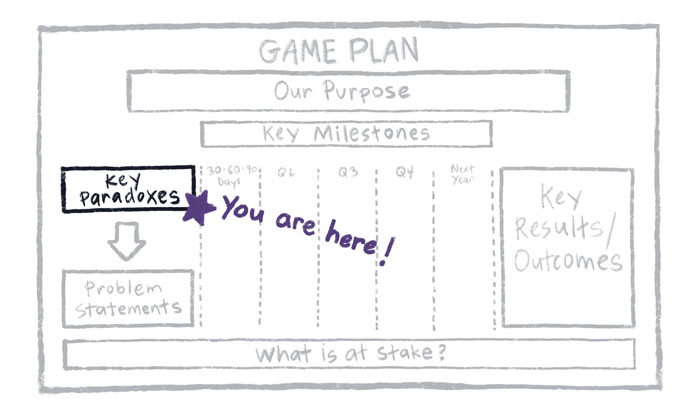
How does this paradox concept work?
A quick start example:
Mail service used to be either slow and inexpensive or fast and expensive. Fred Smith, the founder of FedEx, evolved the dilemma to a paradox. How can we have mail service be both fast and (relatively) cheap?
We move from seeing the world from “either/or” to “both/and”. Seeing the opposing situations together, enabling an inclusive path forward.
Ideas, concepts, challenges, are no longer pitted against each other but rather seen together.
Like breathing: inhale and exhale. (You can’t only inhale, there is the other side . . . exhale.)
Brainstorming Paradoxes
There is no one right way to brainstorm paradoxes.
What is most important is that each team member is given the space to be heard and understood. The paradox process helps to surface what worries them about the purpose or being able to name what niggling thought they can’t let go of that is causing agitation.
It doesn’t mean that all paradoxes will be acted on. Some paradoxes are outside the sphere of influence and can’t be resolved at this time. For instance, topics like weather, government, or finances unless you work in those areas.
To help you, here are a few criteria we are building on . . .
Paradox Criteria
- In our sphere of influence
- Highest impact
- Advances our purpose
- The work that only we can do
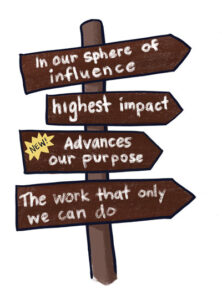
Now let’s layer back in emotions. Some of us see the world through a range of emotions. If so, use the following “Paradox Mad Lib” to create your Paradox Statement based on the range of emotions that arise when you read your Team Purpose Statement.
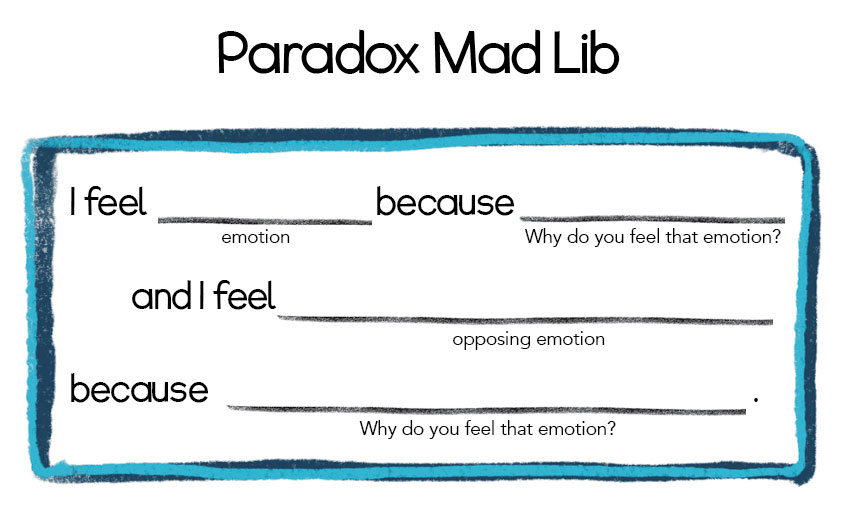
Examples of Paradox Statements
I feel enthusiastic because we have landed on a purpose statement that should unite us and I feel worried because we may not have discipline over the long run to say “no,” which will fragment our resources.
I feel proud because we are focused on health outcomes and I feel nervous because business opportunities may drive us into other directions based on financial need alone.
I feel excited because our team will have more say in the larger initiative when it is integrated in the other department and I feel nervous because we are entering unfamiliar territory.
Emotion wheel from Brené Brown’s Atlas of the Heart List of Emotions

For those of us who don’t see the world through emotion or may appreciate accessing a greater range of emotions, see Renee Brown’s wheel of emotions above. This will help you get more specific to draft your paradox. The more specific you are, the better the results. Perhaps you have heard of GI-GO. Garbage in, garbage out. Same applies here.
Activity | Group Brainstorming
Instructions: Revisit the team purpose statement, and review the above information with the group. Then brainstorm the paradoxes they face as a group.
Duration: 30 minutes
Step 1: (10 minutes) Give everyone time to think about 2–3 paradoxes and then share them with the team. If you have a larger group (8 or more) consider working in small groups first to vet them. Then return to the whole team with your top 3–5 paradoxes for each group.
Step 2: (10 minutes) Review all your paradoxes to ensure everyone understands them and to eliminate duplicates.
Step 3: (10 minutes) Stand back and give time to the team to advocate (without deciding) which paradoxes are rising to the top.
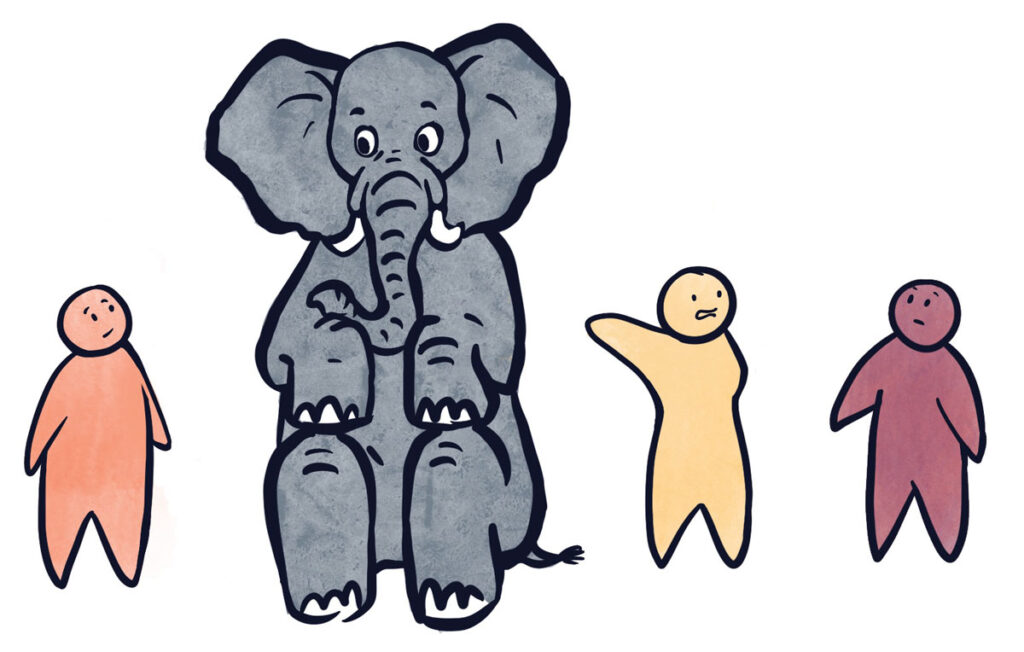
Beware of Lurking Elephants
Usually by this point, your team is becoming clear about the paradoxes that require shared accountability. This is important to the success of the team.
Sometimes however, there is an elephant in the room.
The elephant can be a topic that is so big, uncomfortable, or taboo that no one wants to bring it up. However, sharing the paradox of the issue can be a way to access and discuss difficult topics.
Activity | Select Top 2-3 Paradoxes as a Group
Duration: 10-15 minutes
Outcome: The goal now is to agree on your top paradoxes. You might pick one because it’s SO BIG and trumps all. Or you might realize 2–3 must be completed in tandem because of their interrelatedness.
Only you all will know.
Lastly, you may not be able to do all the work at the same time, and some items will need to be staged at a later time.
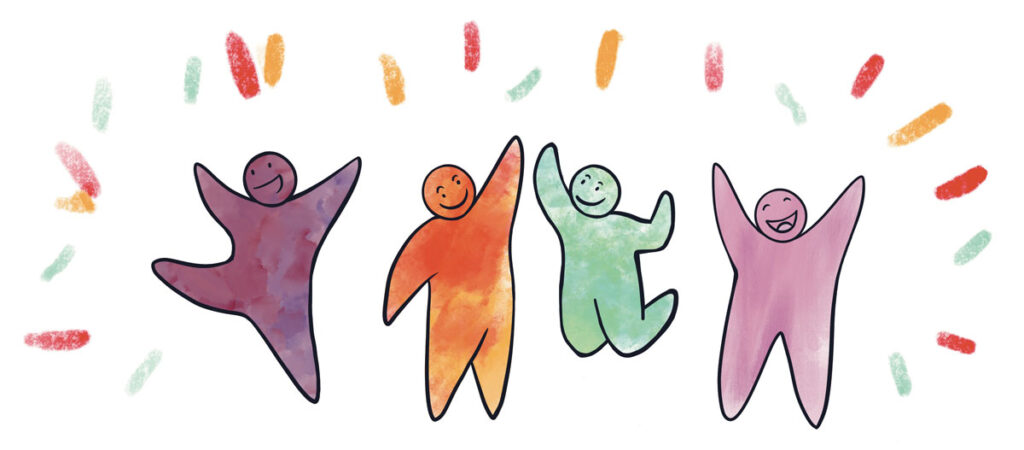
Congrats on making it this far! This work dramatically increases your odds for success.
